The Complete Guide to AI-Powered Workflow Optimization for Remote Teams
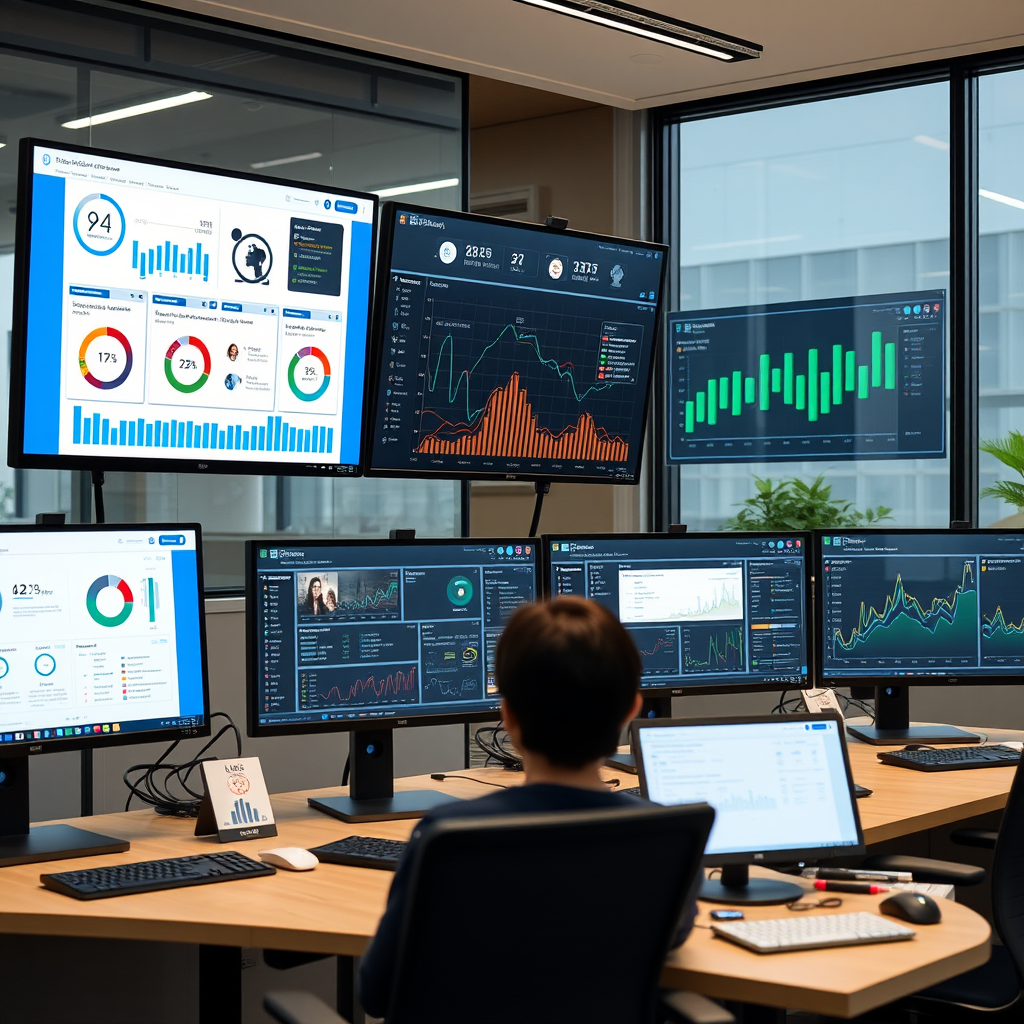
In today's rapidly evolving digital landscape, remote work has become the new standard for businesses worldwide. Japanese companies, traditionally known for their structured work environments, are now embracing AI productivity tools to maintain efficiency and collaboration across distributed teams. This comprehensive guide will transform how your organization approaches remote work optimization.
Understanding AI-Powered Workflow Optimization
AI-powered workflow optimization represents a paradigm shift in how remote teams operate. By leveraging artificial intelligence, organizations can automate repetitive tasks, predict project bottlenecks, and enhance team collaboration through intelligent insights.

The integration of AI productivity tools into daily workflows enables teams to focus on high-value activities while automated systems handle routine operations. This approach is particularly effective for Japanese business culture, where precision and efficiency are paramount.
Core Components of AI Workflow Systems
Intelligent Project Management
Modern AI time management course curricula emphasize the importance of predictive project management. These systems analyze historical data to forecast project timelines, identify potential delays, and automatically adjust resource allocation.
- Automated task prioritization based on deadlines and dependencies
- Real-time progress tracking with predictive analytics
- Intelligent resource allocation across team members
- Automated reporting and stakeholder updates
Smart Communication Tools
Communication remains the backbone of successful remote teams. AI-enhanced communication platforms can analyze conversation patterns, suggest optimal meeting times across time zones, and even provide real-time translation for international teams.
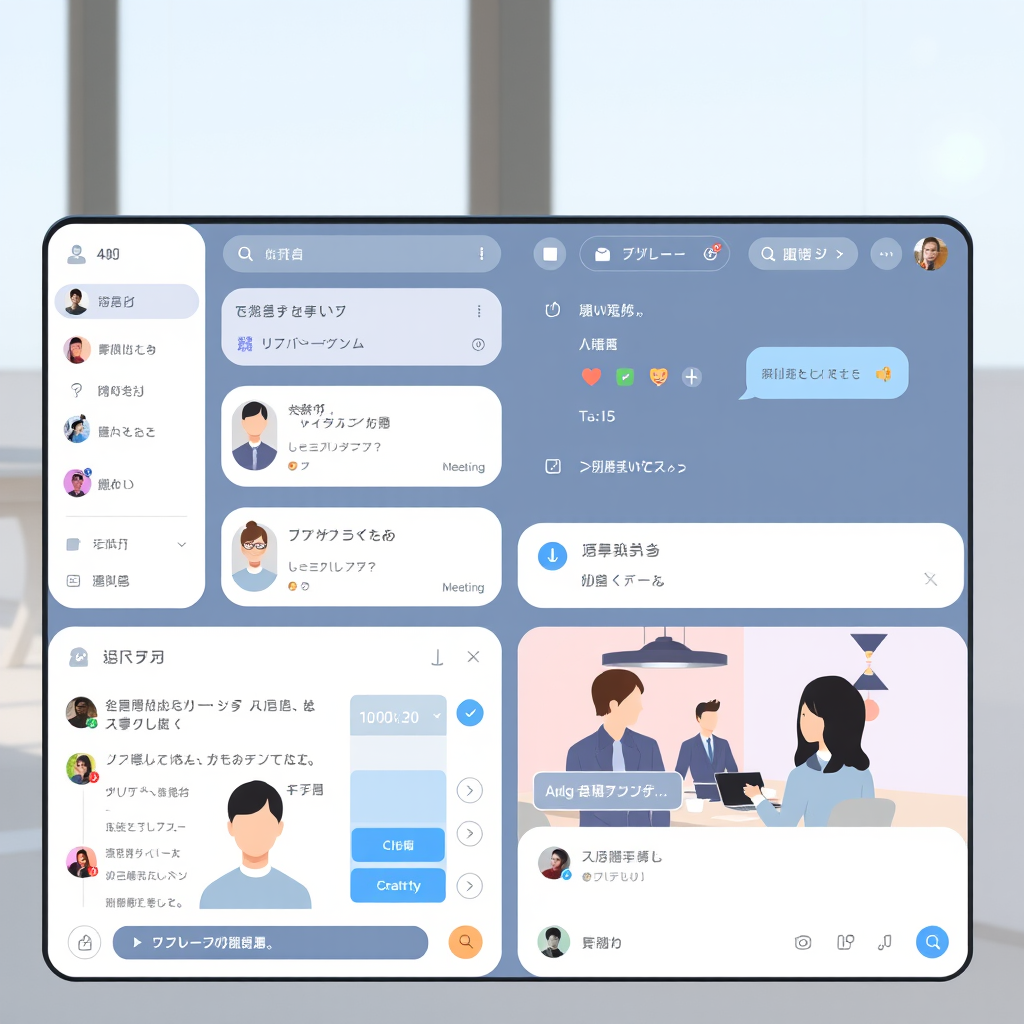
Implementation Roadmap for Japanese Organizations
Phase 1: Assessment and Planning (Weeks 1-2)
Begin by conducting a comprehensive audit of your current workflow processes. Identify bottlenecks, communication gaps, and repetitive tasks that could benefit from automation. This phase is crucial for understanding your team's specific needs and cultural considerations.
Phase 2: Tool Selection and Integration (Weeks 3-6)
Select AI productivity tools that align with your organization's goals and integrate seamlessly with existing systems. Consider factors such as user interface language support, data privacy compliance, and scalability for future growth.
Phase 3: Training and Adoption (Weeks 7-10)
Implement a structured AI time management course for your team members. Focus on practical applications and provide hands-on training sessions that demonstrate immediate value. Japanese employees particularly appreciate detailed documentation and step-by-step guidance.
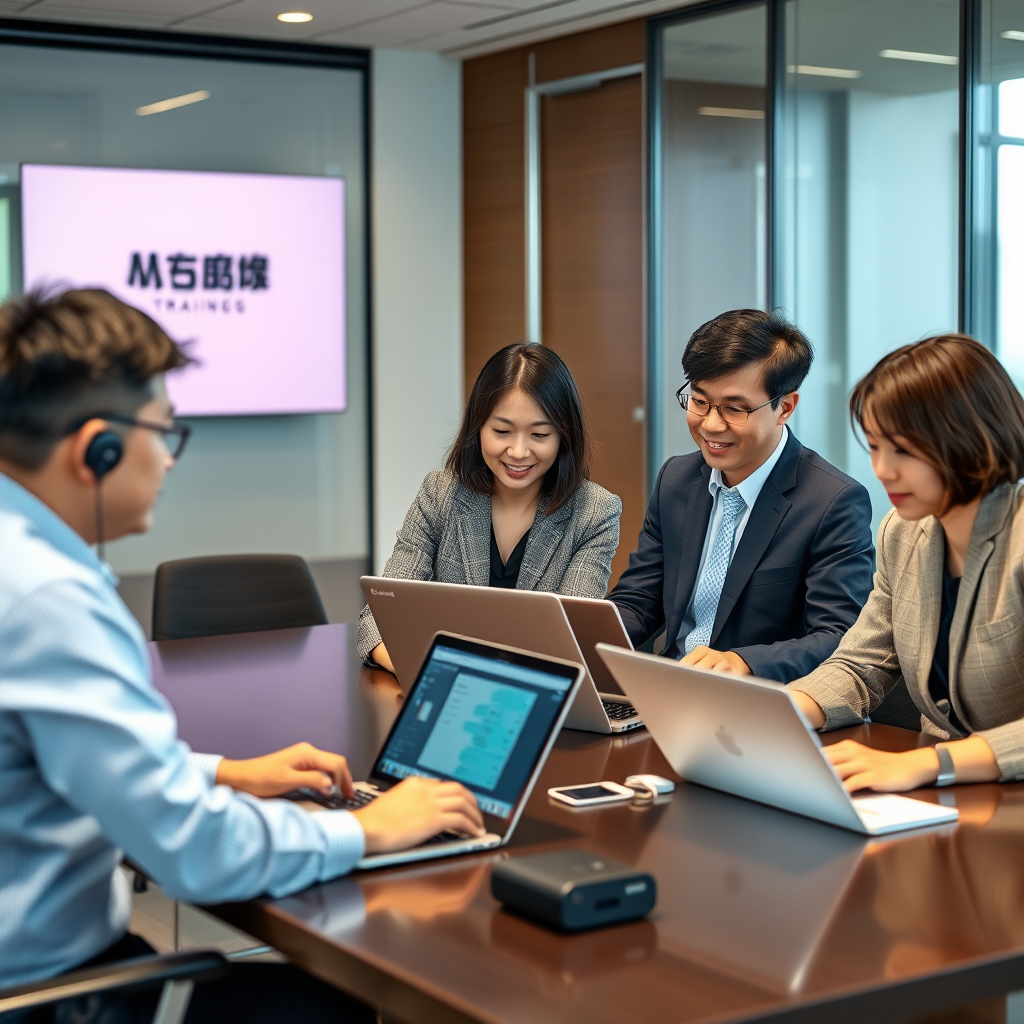
Advanced Automation Strategies
Once your team has mastered basic AI workflow optimization, consider implementing advanced automation strategies that can significantly boost productivity:
Predictive Analytics
Leverage machine learning algorithms to predict project outcomes, identify at-risk deliverables, and optimize resource allocation before issues arise.
Intelligent Scheduling
Implement AI-driven scheduling systems that consider individual productivity patterns, time zones, and workload distribution for optimal meeting planning.
Measuring Success and ROI
Establishing clear metrics is essential for demonstrating the value of AI-powered workflow optimization. Track key performance indicators such as:
- Reduction in manual task completion time
- Improvement in project delivery accuracy
- Enhanced team collaboration scores
- Decreased communication response times
- Overall productivity gains per team member
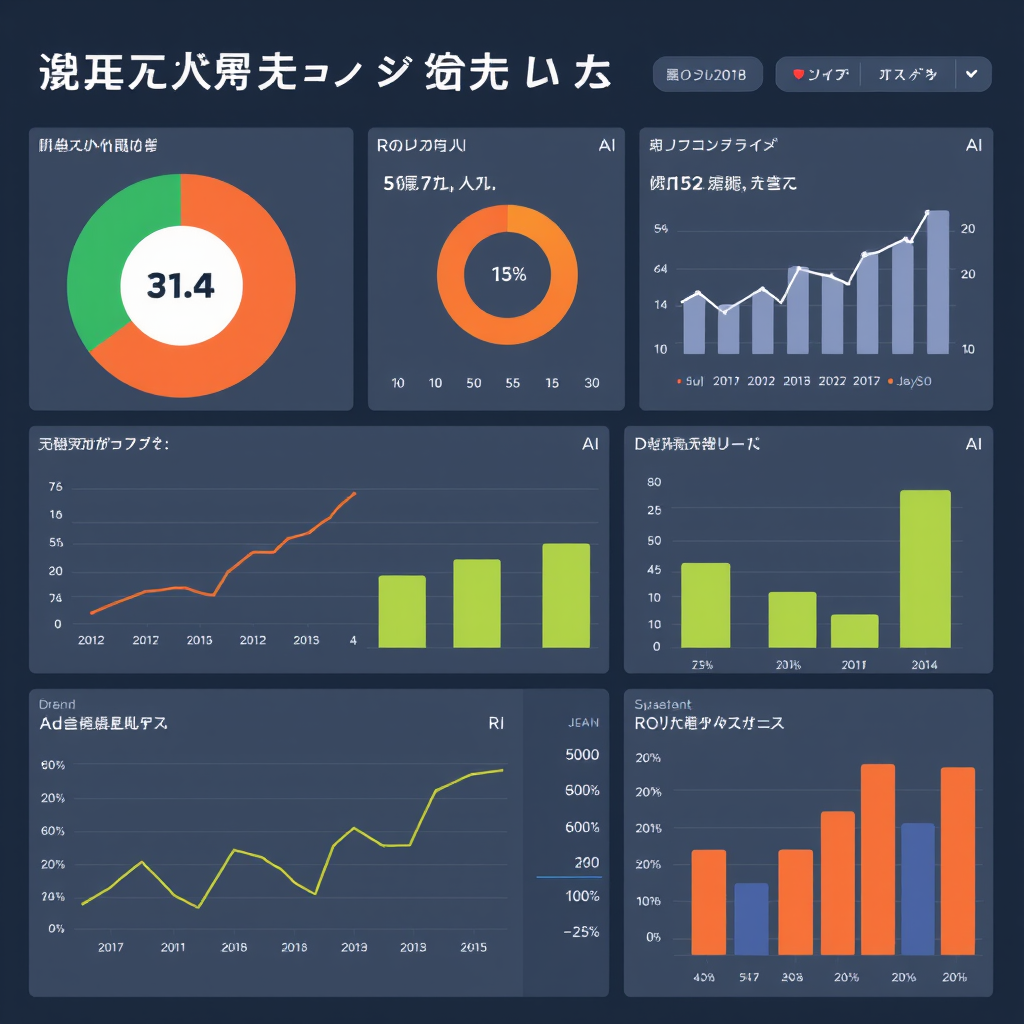
Cultural Considerations for Japanese Remote Teams
Successfully implementing AI productivity tools in Japanese organizations requires understanding cultural nuances. Respect for hierarchy, attention to detail, and preference for consensus-building should be reflected in your workflow optimization strategy.
Consider implementing gradual rollouts that allow for thorough testing and feedback collection. Japanese teams often prefer comprehensive training materials and detailed documentation that explains not just how to use tools, but why specific approaches are recommended.
Future-Proofing Your AI Workflow Strategy
As artificial intelligence continues to evolve, staying ahead of technological advances is crucial for maintaining competitive advantage. Regular assessment of new AI productivity tools and continuous team education through updated AI time management course content ensures your organization remains at the forefront of innovation.
Establish a culture of continuous improvement where team members are encouraged to experiment with new tools and share insights about workflow optimization opportunities. This approach not only improves current processes but also prepares your organization for future technological developments.
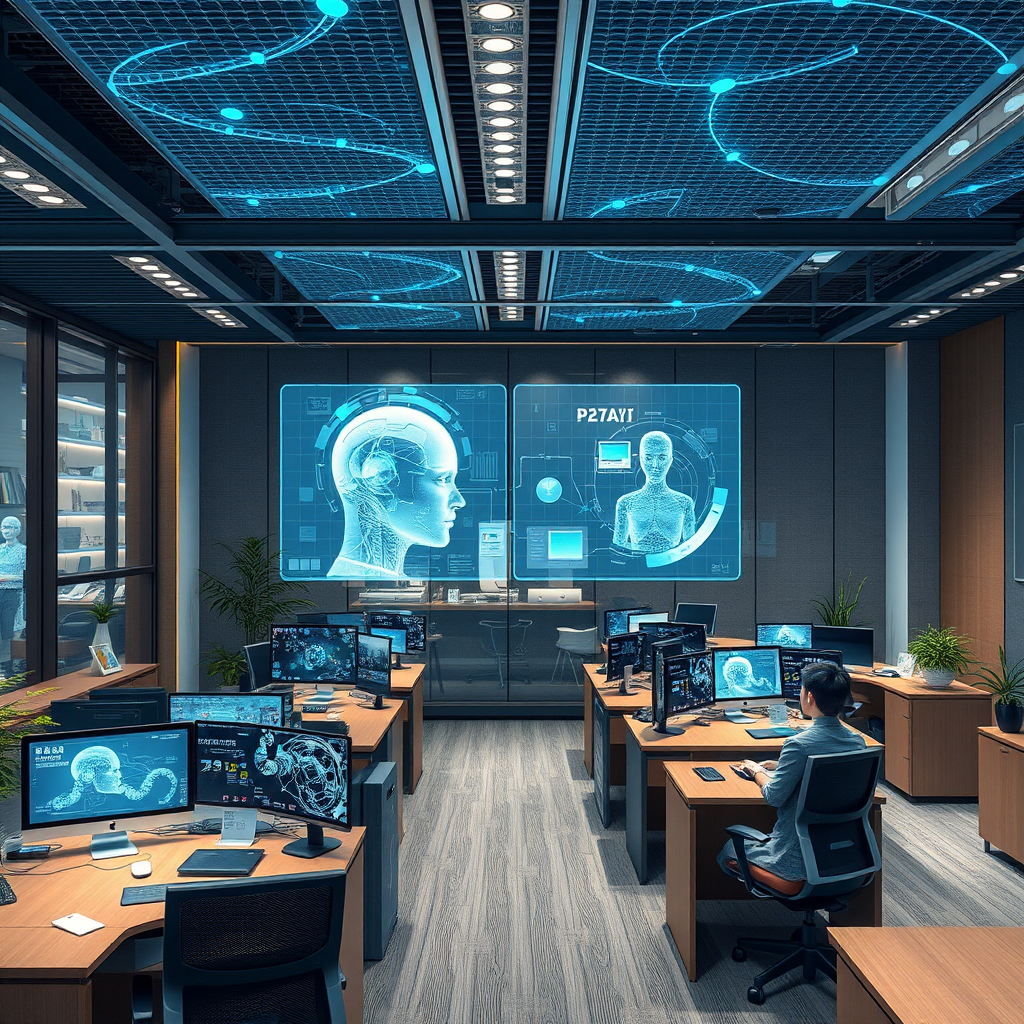
Conclusion
AI-powered workflow optimization represents a transformative opportunity for remote teams, particularly in the Japanese business environment where efficiency and precision are highly valued. By following this comprehensive implementation guide, organizations can successfully integrate artificial intelligence into their daily operations, resulting in improved productivity, enhanced collaboration, and measurable business outcomes.
The journey toward optimized remote work requires commitment, proper training, and strategic implementation. However, the benefits of embracing AI productivity tools extend far beyond immediate efficiency gains, positioning your organization for sustained success in an increasingly digital world.